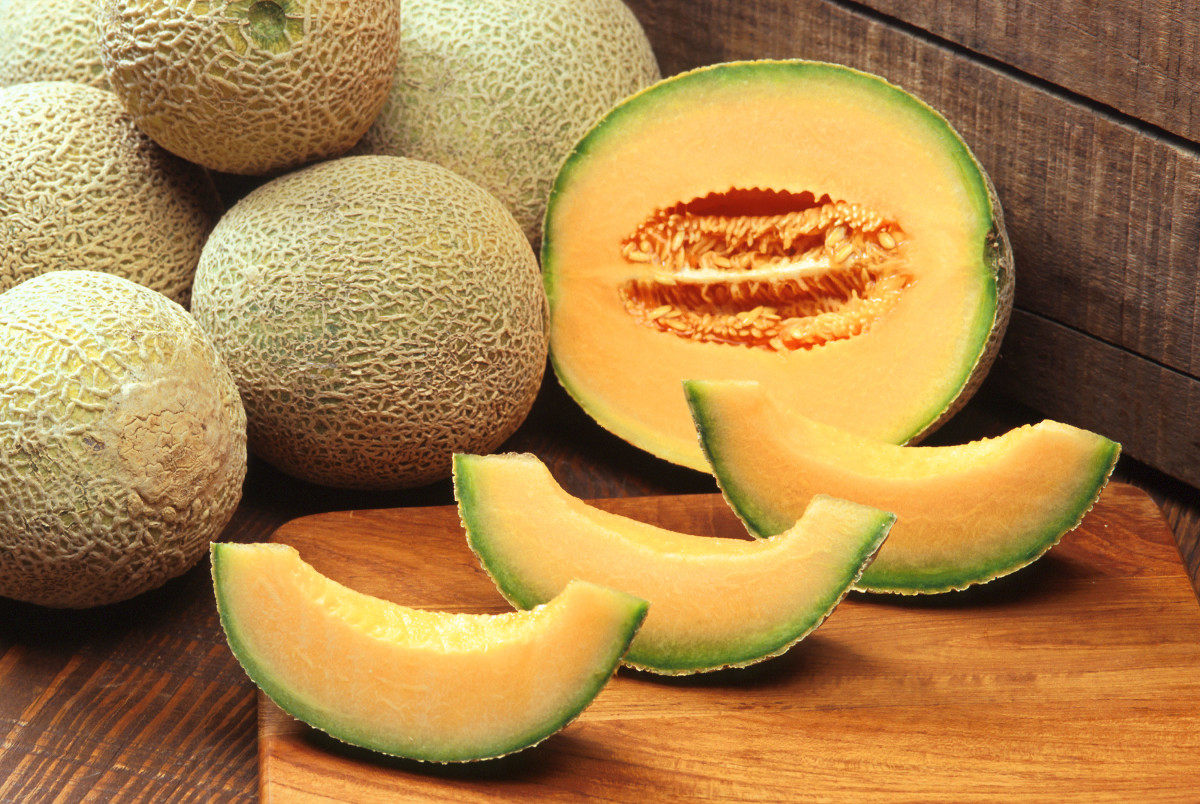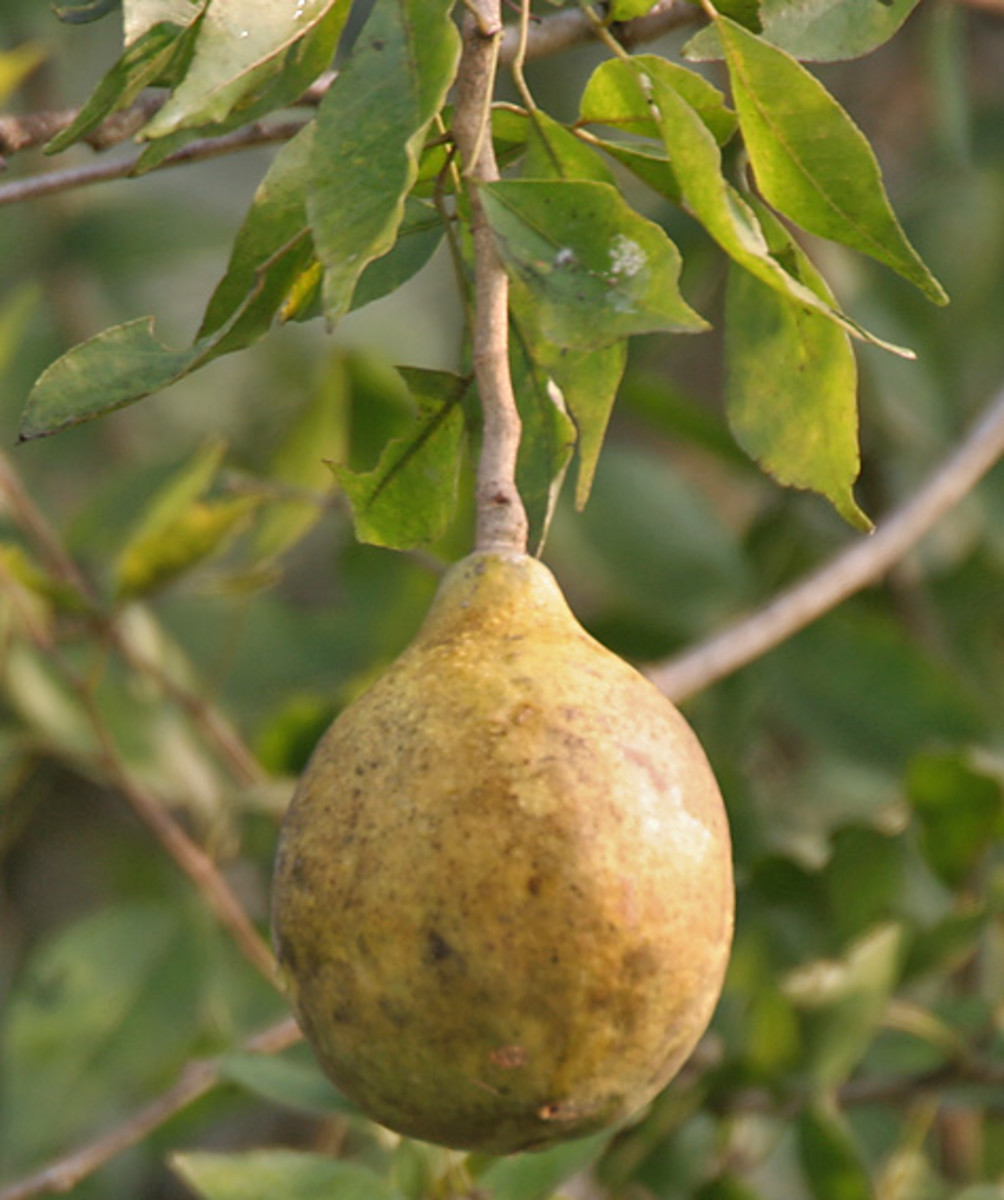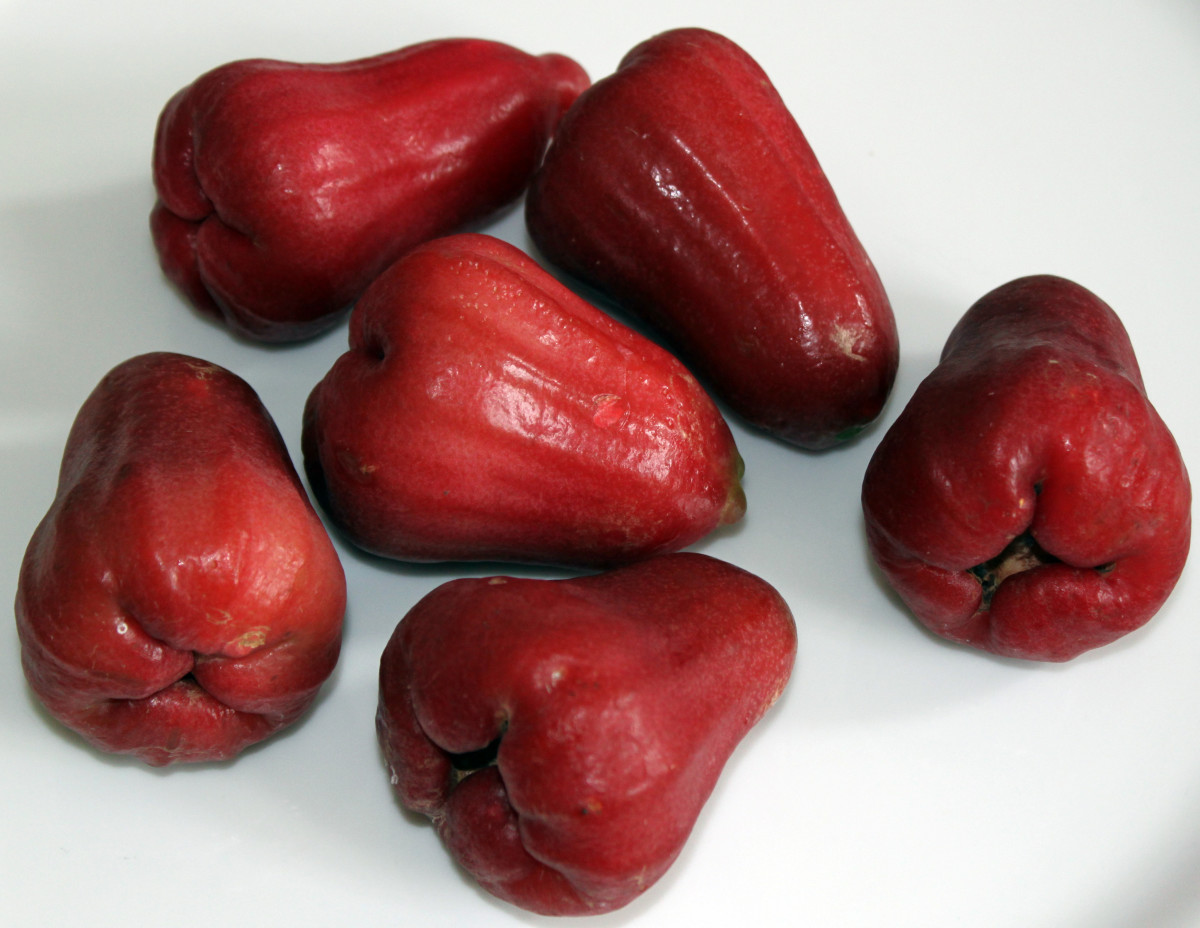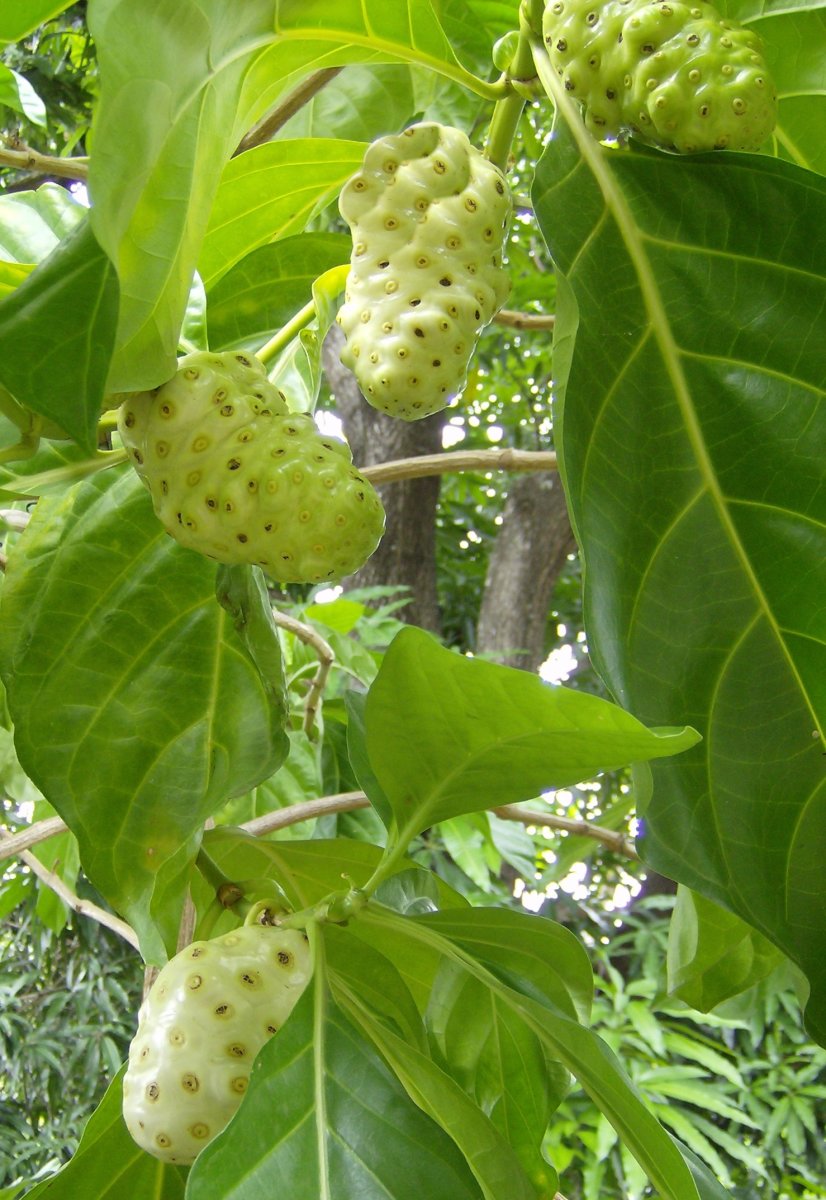Kiwifruit, Mango, Grapefruit, Cantaloupe, Maley Apple: A Fruit Ride You Will Love
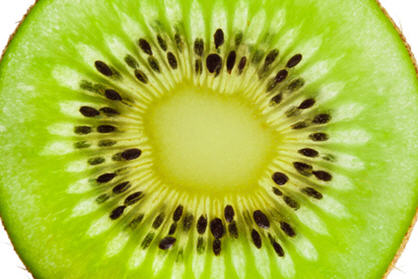
Kiwi Fruit: the Meat Tenderizer
Family of the: Actinidiaceae
Common name: Kiwifruit
Scientific name: ActinidaDeliciosa
Where it grows: Kiwifruit grows in China, Italy, New Zealand, Chile, Greece, France, Japan and the United States. It has its origins in China and then known in Europe when it was introduced into New Zealand at the beginning of the twentieth century in 1904. Kiwifruit grows best in well-drained soils that have a constant supply of water during the year.
Description
The kiwifruit has a varying colored rind depending on the cultivar. However, the usual color for the rind is normally a brown greenish color with a soft texture. The kiwi (not to be confused with the animal) grows on a hardy vine that can reach up to 9 meters in height. The vine produces dark green colored leaves with whitish colored veins. The leaves have round shape. The flowers of the kiwifruit have five to six petals and are bisexual. The flesh on the inside of the fruit has a bright green color and protects dozens of dark colored seeds. It has a berry flavor to it.
Properties and Uses
Kiwi has trace amounts of vitamins, E, K and C, collagen, fiber and minerals like: potassium, iron magnesium and phosphorus. It is said to prevent constipation, induce better sleep and reduce heart risk problems. Thanks to the presence of collagens in the fruit it is also beneficial for skin care.
The fruit can be used in the kitchen for an array of dishes and drinks. Due to the presence of a certain chemical known as actinidin it can be used as a meat tenderizer. The downside to this quality of the kiwi is that it can be an allergen to some people.
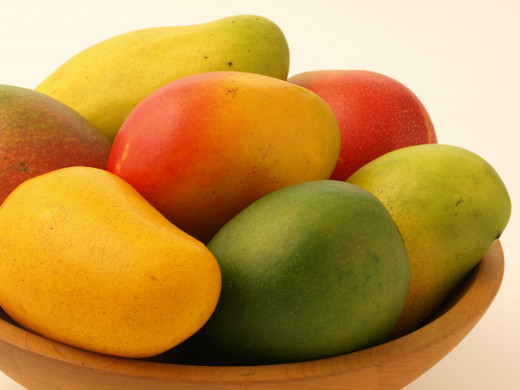
Mango: Refreshing and Healthy Milk Shake
Family of the: Anacardiaceae
Common name: Mango (over a 1000 different cultivars)
Scientific name: MangiferaIndica
Where it grows: Mangoes originate on the east cost of India and Burma, as its scientific name indicates. From there on mangoes grow in a vast amount of tropical and warm weathered regions like the Caribbean, South America, some parts of the United States and Africa.
Description
Mango trees grow to incredible heights up to 40 meters in height. Mango trees can live up to more than two centuries in age and still produce fruit. Its leaves are evergreen and grow to be as long as 14 inches long and have a glossy green color when full. The flowers bloom at the ends of the branches and grow in groups.
Each flower blooms and can vary in tone from a whitish yellow to a mild yellow color and have five petals. The fruit is egg shaped and depending on the cultivar will vary in size, color and sweetness. However, the most common rind colors for mangoes are: red, orange, yellow and purple.
Mango Shake
Properties and Uses
Mangoes have anti-cancerous properties. They also lower cholesterol levels. Mangoes are an excellent supply of vitamins C, A and the B complex of vitamins as well as minerals like: potassium and magnesium. A mango is excellent to reduce and problems with your immune system or sex life. Eating a mango can also help teens with the pimple issue, as it will clear their face.
Mangoes are more commonly used in the kitchen; eaten raw, in fruit salads or in a mind-blowing smoothie, as seen on the video. Mango mud masks are often used to deal with facial skin repair. In countries where the heat is at times unbearable people will eat a mango to fend off the heat.
Malay Apple, Have you Tried it?
Family of the: Myrtaceae
Common name: Malay apple
Scientific name: SyzygiumMalaccense
Where it grows: As most tropical plants, the Malay apple tends to grow best in the tropics and its origins are thought to be in Malaysia. It grows in countries like the Philippines, the Dominican Republic and parts of countries like south India.
Description
The Malay apple tree can grow up to 18 meters in height and a straight trunk that supports a crown that adopts a conical shape. The leaves have a dark glossy green coating on the upper side and slightly less so on the under side.
When the flowers bloom their most remarkable trait is the large amount of stamens with a pink to magenta color that will cover the ground when the flowers fall. From the flower a bell shaped looking fruit grows and has a glossy coating that turns a dark purple when it is fully ripe but is edible once it’s a tone of dark red.
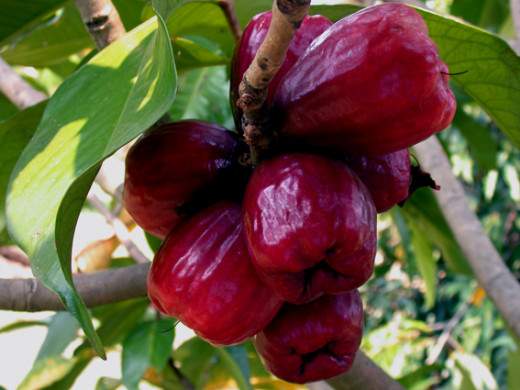
Properties and Uses
Malay apples are a good source of vitamins and minerals and these include: vitamin A, iron, calcium phosphorus and an acid that resembles vitamin C, ascorbic acid. The fruit has properties that can help reduce high blood pressure, inflammation and aid in your peeing affairs.
Particularly, it is eaten. However, the fruit can be used to prepare an array of things in the kitchen, from sweets, to liquor, juices and even pickles. Jams and jellies can also be made from the fruit.
Cantaloupe, A, B, C and K Vitamins and More
Family of the: Cucurbitaceae
Common name: Cantaloupe, cantelope and sweet melon
Scientific name: CucumisMelo
Where it grows: Cantaloupe enjoys and thrives in warm soil, which is preferably sandy and loose. It is also known to grow best when it can bask in sunlight. It originated in the Middle East, India and Africa. Thanks to its hardiness it can grow in a variety of regions excluding those with little to no sunlight or extreme heat.
Description
The fruit grows on the ground and the plant spreads and covers around 42 inches of the ground. The rind of the fruit has a stone color with green knitted in it. The flesh on the inside of the fruit has a bright orange color and has a sweet mellow taste to it. The flesh covers the cluster of seeds found right at the center of the fruit. Cantaloupes grow on vines and have large green leaves.
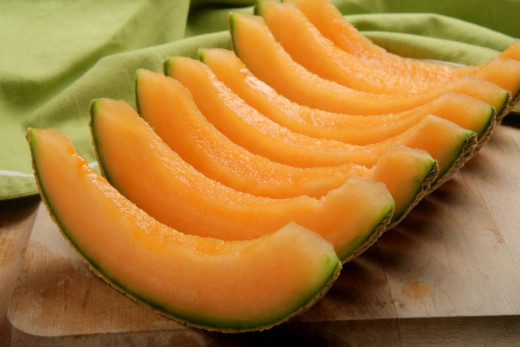
Properties and Uses
Cantalopes have vitamins A, B, C and K in them as well as minerals like copper, magnesium and potassium. Aside from this they contain folate and fiber. They also have anti-inflammatory and antioxidant properties. Like most fruits cantaloupes are also a great source of carbohydrates too.
Cantaloupes like most of the fruits in this article, are normally cultivated to be eaten, however, they are also used in things other than fruit salads and smoothies. Cantaloupes can help smokers quit and insomniacs sleep. With the concentration of fiber in them cantaloupes are also used to lose weight to.
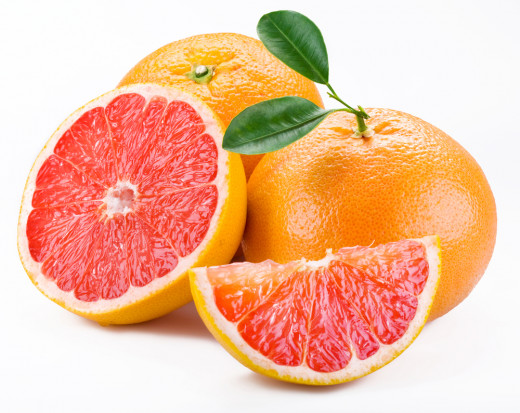
Grapefruit, the Weight Loss King
Family of the: Rutaceae
Common name: Grapefruit
Scientific name: Citrus Paradisi
Where it grows: Grapefruit grows in warm regions of the United States as well as South America, Australia and India. It is believed to have originated in Jamaica as a hybrid between the pomelo and the orange. It grows best in zones where it can take in full sunlight and they prefer soils that drain well and have substantial amounts of loam in them.
Description
Grapefruits grow on trees and are quite large compared to other citruses. This citrus tree does not grow larger than 6 meters in height and has a slenderly built trunk. Its leaves are dark green and are oval shaped. Grapefruit flowers are white and have four petals.
The fruit resembles a large orange with a thick rind and juicy flesh that can vary in color and flavor depending on the cultivar. Some grapefruits are yellow colored on the inside while others have a bright red/orange color. The taste is bitter as well as sweet and acid.
Grapefruit Juice weight loss
Properties and Uses
It is a great source of vitamins A, C and minerals, like copper and potassium. It also has antioxidant properties because of the presence of lycopene.
Grapefruits are used to aid in weight loss, especially with the fruit combination shown on the video; it is also used for skin care thanks to the presence of vitamin C and collagens. As a citrus it can also be used to treat asthma and high cholesterol. Nothing breaks down fat better than acids.
Article by: Alain Gutiérrez


